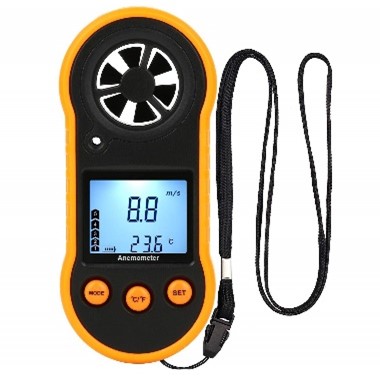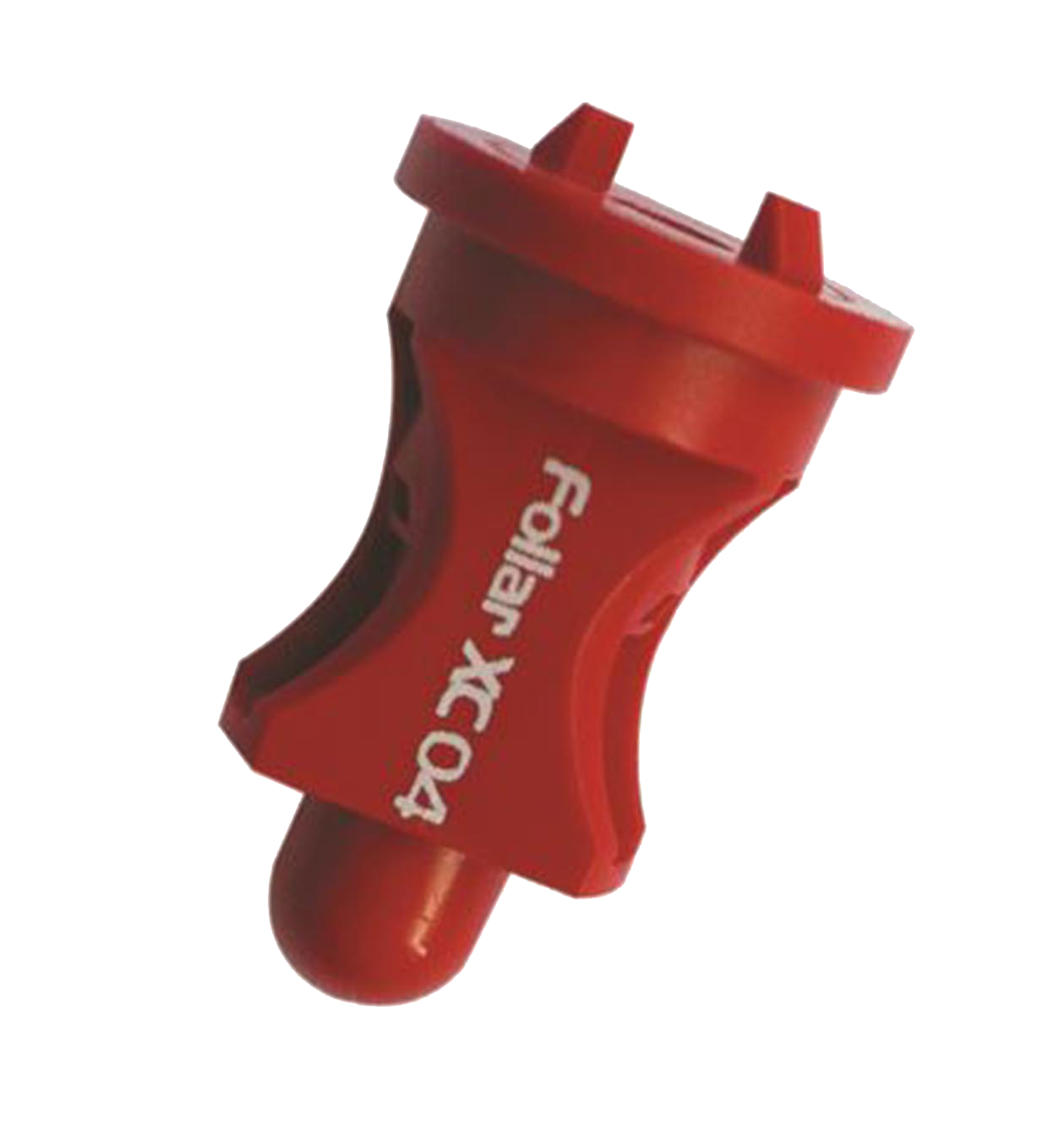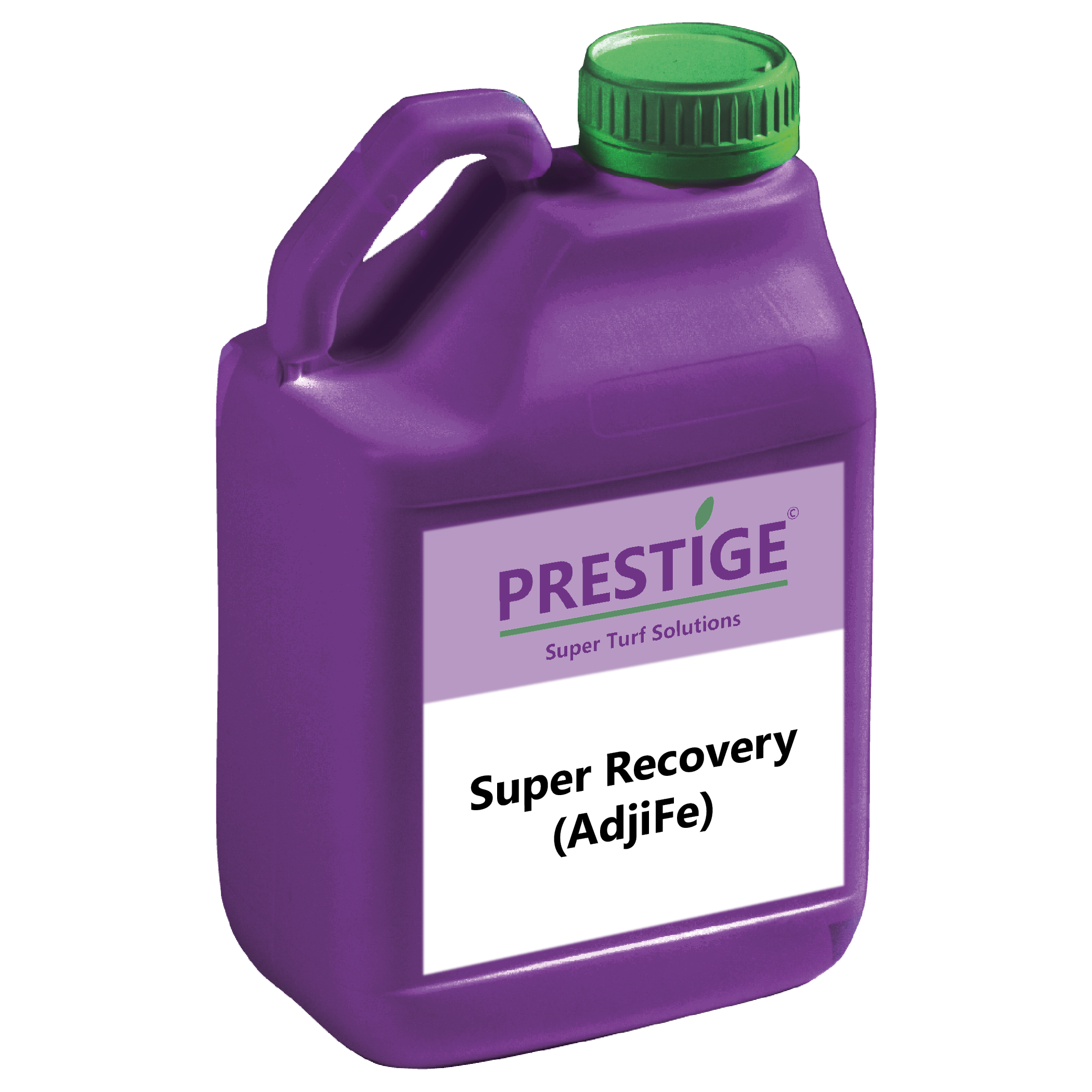Is It Spraying Weather Today?
14th January 2021
Spray operatives are constantly under pressure to spray between sports usage, public access or timely pest or disease control. However, looking up the weather forecast and checking wind speed the night before you plan on spraying is not sufficient.

Wind is one of the biggest factors of spray drift and should be considered carefully. The ideal wind speed for spraying is 1-2 metres per second or 3-6.5 KPH (2-4 MPH). Remember that your boom height for spraying should be 500mm from ground level, whereas wind speeds reported on weather forecasts are measured at 10m above ground level. As you can probably guess, the difference in wind speed between 500mm and 10m can be vastly different, so it is best to use an anemometer to ascertain the wind speed at your particular spray site, 500mm above ground.
Spraying is usually planned for first thing in the morning before sports users and the public are out on the site. Often the wind first thing in the morning is lighter and so it is seen to be a good time to spray, but is it?
The answer to this is not always. Early morning temperature changes can mean there is a higher risk of inversion, which can also happen in the evening. Inversion often occurs as the weather warms at sunrise and the ground is still cooler. It prevents droplets falling on to turf from the boom and can lift them upwards. Signs of inversion are when the wind is below 1 m/s or when you see mist hanging around at ground level. If you are unsure about inversion conditions, when your sprayer is half full of water, before adding your active ingredients, test spray an area and watch the movement of the spray. If it hangs around or moves upwards or sideways then delay spraying.
Spray droplets are purposely small to ensure good coverage of the leaf, however, this makes them very susceptible to evaporation. Therefore, avoid spraying in strong, sunny conditions, as this can cause evaporation of the spray before it has adhered to the leaf.
Avoid spraying in very high temperatures as there is the potential of rising air currents, as well as a higher risk of scorch from the droplets on the leaf.
Other tips to help reduce spray drift:
1. Use a quality air induction nozzle that is designed specifically for turf, such as the Syngenta XC nozzles.

2. Keep the spray pressure as low as possible whilst still maintaining the spray uniformity. Check the label for spray pattern recommendations or ask you Collier Turf Care BASIS advisor.
3. Reduce forward speed to help reduce the risk of drift.
4. Ensure that you boom height is set at 500mm and not above.
5. Check the rain-fastness of the product you are applying. You can always add an approved adjuvant with a built-in rain-fastener such as Prestige Super Recovery.

By Chris Humphrey MBPR FQA - Technical Manager
For expert help and advice, contact Collier Turf Care on 01328 700600